
Nature-based Solutions for a Water Secure Urban India
Access to clean water is a critical component of our day-to-day lives. Many of us have had at least one occasion where you wake up in the morning to find out that there is no running water in the house. Now imagine, if this were the case not just for your house, but the entire city. This is what a Day Zero situation looks like, where an entire city faces water supply cuts that compels residents to rely heavily on private water tankers. In India, Shimla and Chennai have already faced such Day Zero crisis in 2018 and 2019, respectively. More recently, a severe water crisis was witnessed by the city of Bengaluru during the summer of 2024 – the hottest recorded summer on the planet.
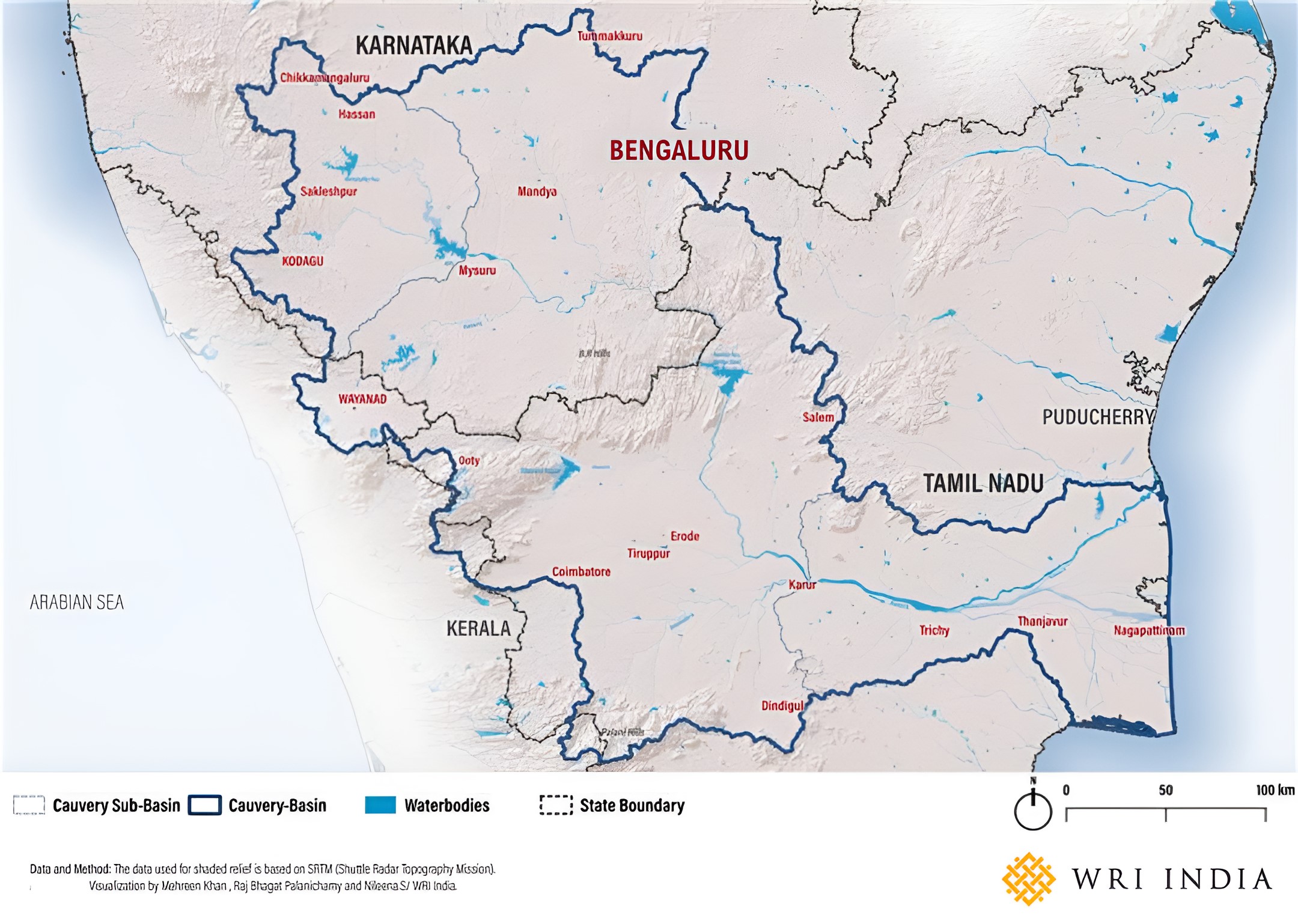
Climate change led extreme weather events, changing weather patterns and rapid urbanization have exacerbated water security challenges across urban India. In Bengaluru, rainfall shortage during last year’s monsoon in the Cauvery River basin led to the drying up of the city’s groundwater. This disproportionately affected the city’s peripheral areas, which lacked piped water supply infrastructure. To supply water to these affected areas, groundwater was extracted from peri-urban and rural areas.
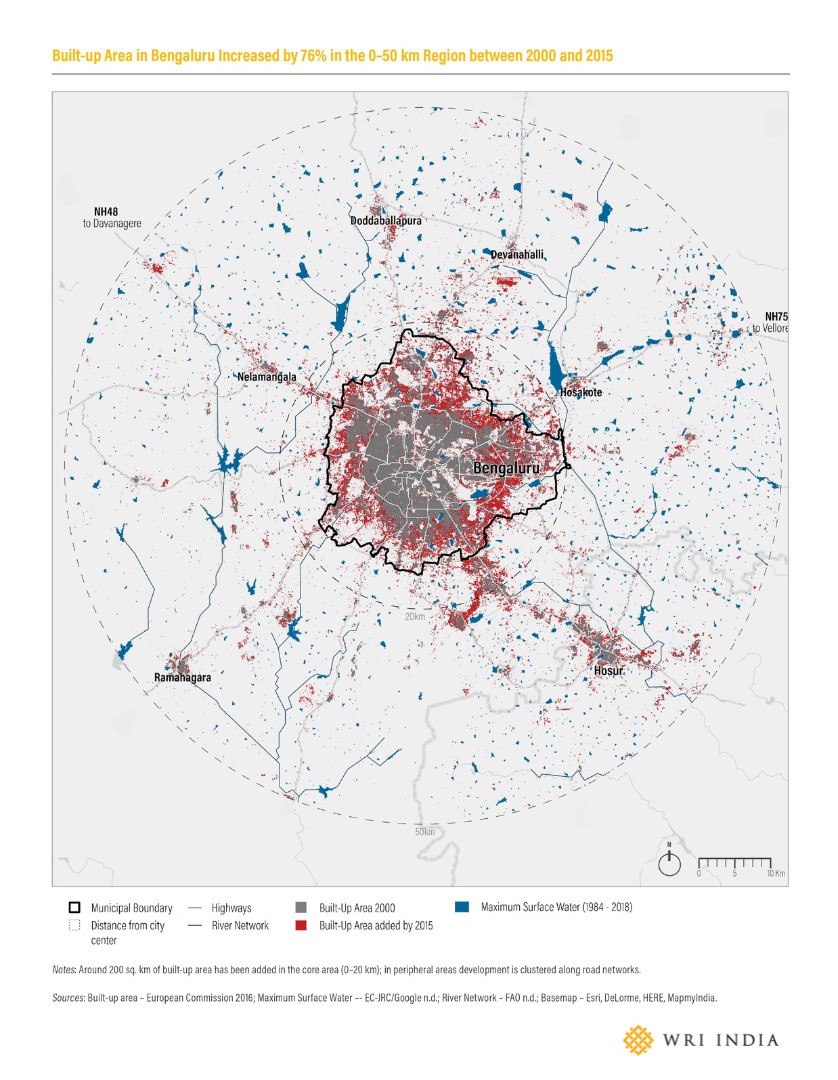
The story of rampant urbanization in the periphery of cities, without adequate infrastructure and services to support it, can be witnessed across urban India. The water-scarce regions of the city often lie on the periphery and witness high population growth. They undergo increased construction, loss of green cover or area under vegetation, loss of blue cover or waterbodies, and decreased groundwater. During monsoons, the same regions grapple with waterlogging and flooding.
Cities require a regional landscape approach that includes hydrogeological aspects, like the distribution and movement of groundwater, along with a recognition of the role of natural infrastructure in water supply planning and flood mitigation. It is also important to consider the fluctuations in rainfall patterns and parallelly cater to the rising water demand by incorporating solutions that aid water circularity and prevent loss of water.
The following are some of the ways in which cities can ensure water security:
-
Decentralized sewage treatment and reuse of treated water: Cities are yet to tap the full potential of reusing water from Sewage Treatment Plants (STPs). There are multiple use cases for the reuse of treated water in cities, such as landscape irrigation, waterbody replenishment, groundwater recharge, toilet flushing, construction industry and horticulture. Institutional spaces and residential apartments, particularly in the peripheral areas that lack piped water supply, can widely adopt decentralized STPs. This can help avoid large capital costs of laying a sewer network, reduce dependence on water tankers and even generate revenue by selling surplus treated water.
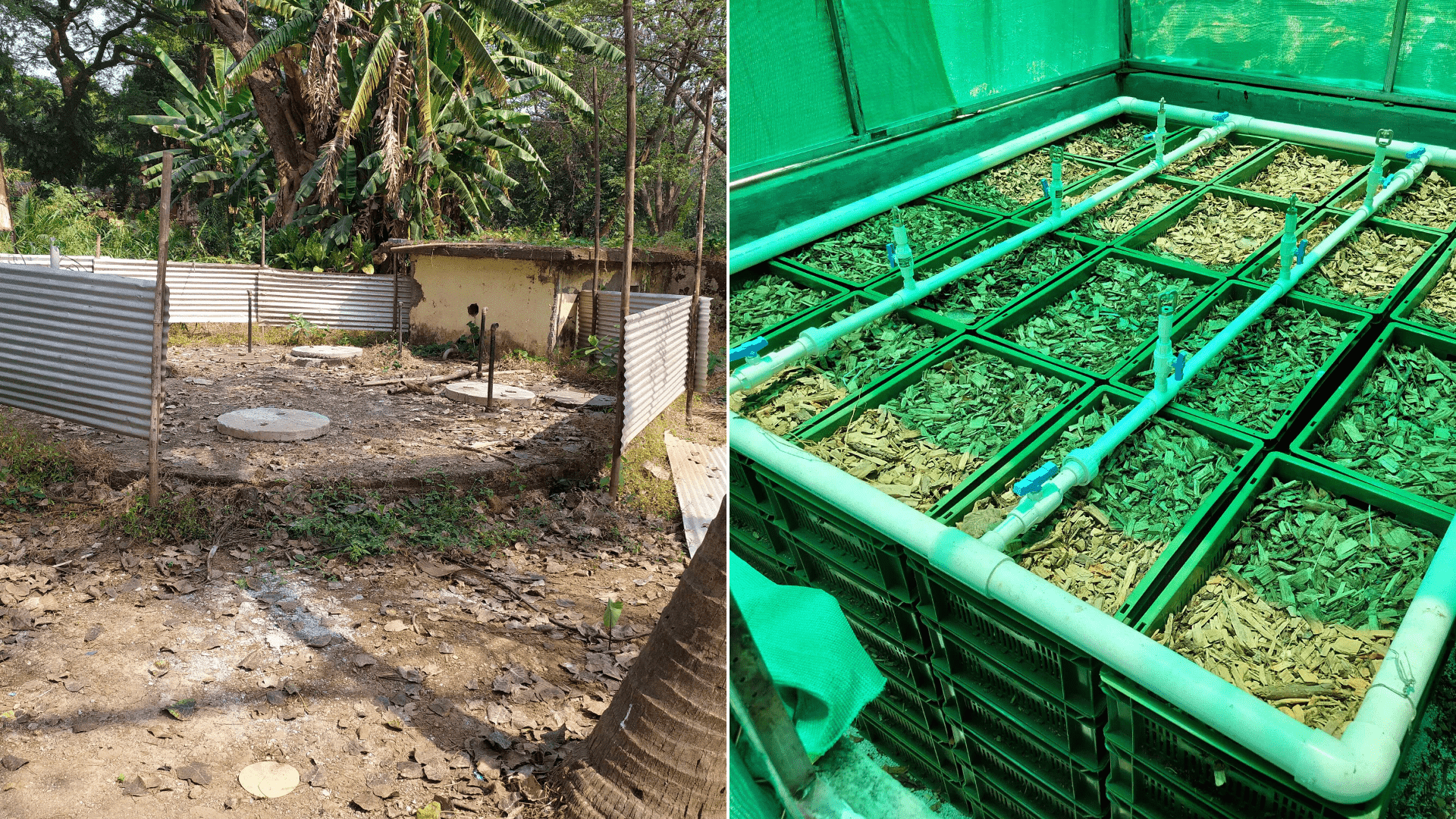
Absolute Vermi-Filter Sewage Treatment Plant of 8 KLD capacity installed by Absolute Water at University of Mumbai, Kalina campus, under TheCityFix Labs: Accelerating Nature-based Solutions initiative. Photo by Harshil Suresh/WRI India.
A range of hybrid nature-based systems can be adopted for decentralized sewage treatment. These are less energy intensive, use mostly organic materials and employ natural filtration approaches. Examples include constructed wetland systems and various forms of organic filtration systems, such as treatment using worms, mites and other organic material filters.
-
Recharging groundwater: Cities are water guzzlers and increasing concretization leads to reduced or no water percolation. Detailed hydrogeological studies and mapping of aquifers and recharge zones at a city or regional scale is key for holistic water management. There is a clear need for spaces where rainwater runoff can percolate or is channeled to recharge groundwater. Initiatives such as the Million Recharge Wells in Bengaluru are enabling this.
Cities can also explore the ‘Siphonic Surface Drainage’ system that captures rainfall runoff through chambers that siphon the water from surface into a borewell to recharge the aquifer. The system does not require electricity, can address waterlogging and recharge groundwater. Additionally, using permeable pavers, bioswales and rain gardens can filter rainwater runoffs, enable percolation and aid in stormwater management.
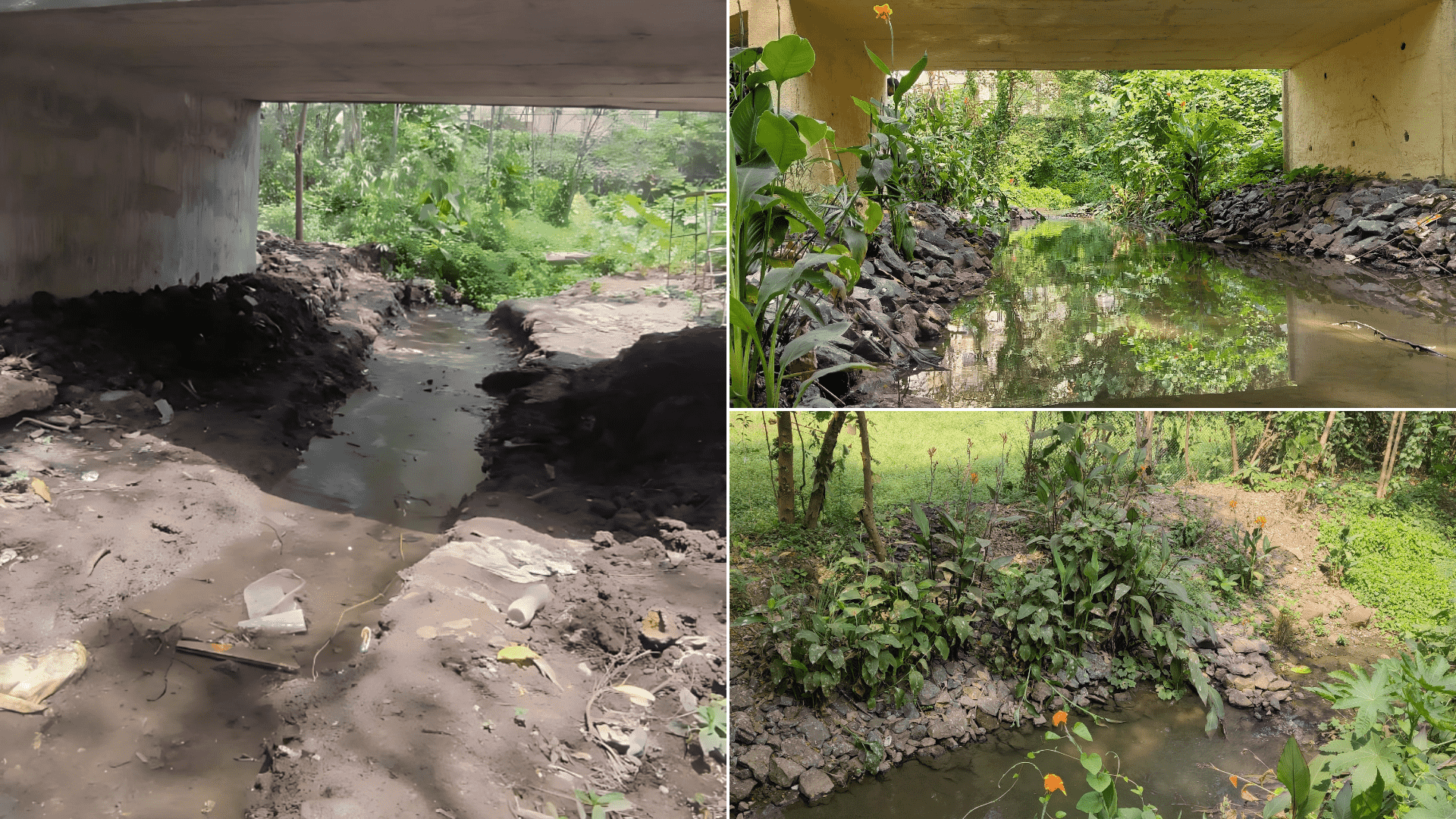
A stream rejuvenation pilot project executed by Lemnion Green Solutions at the IIT Bombay campus through TheCityFix Labs: Accelerating Nature-based Solutions initiative. Photo by Lemnion Green Solutions Pvt. Ltd. -
Restoring and rejuvenating waterbodies: Urban residents increasingly rely on piped water supply and have no incentive to maintain waterbodies. Polluted waterbodies, including nullahs, ponds, lakes and rivers, are a common sight. Restoring and rejuvenating waterbodies is vital for groundwater recharge, supporting biodiversity, addressing heat and flood risks, and can also offer livelihood opportunities. Ecological rejuvenation of waterbodies through multi-pronged nature-based approaches – using phyto-remediating plants and floating wetlands to treat water, creation of retention areas and instream structures to regulate water flow and percolation, arresting soil erosion through stone pitching and native plantations – can be explored.
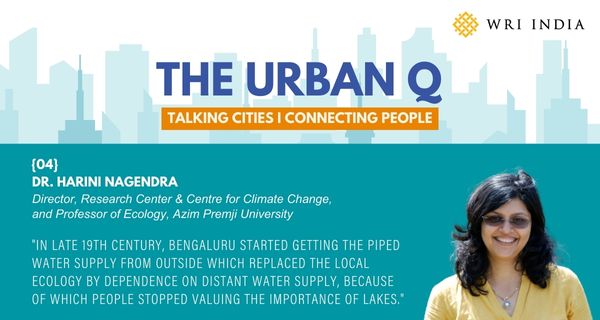
Such hybrid nature-based solutions available in the market must be adopted to counter the water-security challenges in our growing cities. TheCityFix Labs, a platform anchored by WRI India, enables pilot testing of solutions in cities through partnerships between government, solution providers, public and private institutions, investors, and communities to address urban development challenges and climate risks. Under its third iteration, four different types of NbS were implemented across select educational institutions in Mumbai.
Solutions must be adopted according to the local topography, weather, land cost, economic value and potential barriers to long-term sustenance. Cities could start applying these solutions on a pilot basis, monitor and map the challenges and learnings, and accordingly scale-up interventions in a phased manner. As rising summer temperatures that see water shortages every year are followed by waterlogged streets come monsoons, effective water management could help Indian cities build their way out of these extremes, achieving climate resilience and ensuring water security for all its residents, from the peripheries to the center.